12 of the biggest birds on Earth
From 9-foot tall ostriches to albatrosses with gargantuan wingspans, here are some of the biggest birds in the world.
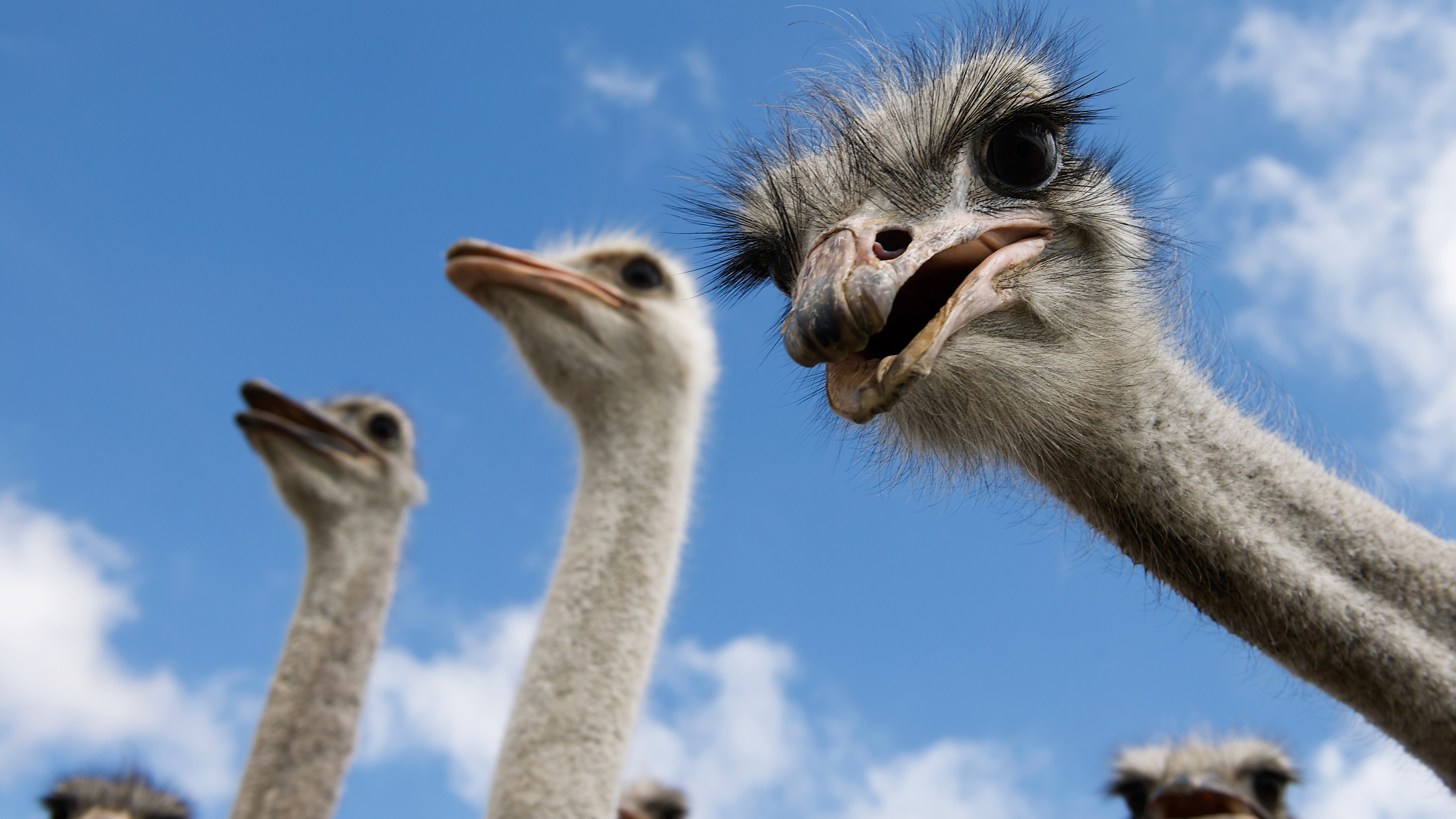
Some of the biggest birds on Earth can stand taller than any NBA player and spread their wings wider than kings size bed.
There are almost 10,000 species of birds on Earth and they come in all different shapes and sizes — from the tiny bee hummingbird to the massive ostrich. Here are 12 of the biggest birds to inhabit our planet, including the tallest, heaviest and those whose wings spread the furthest.
Marabou stork (Leptoptilos crumenifer)
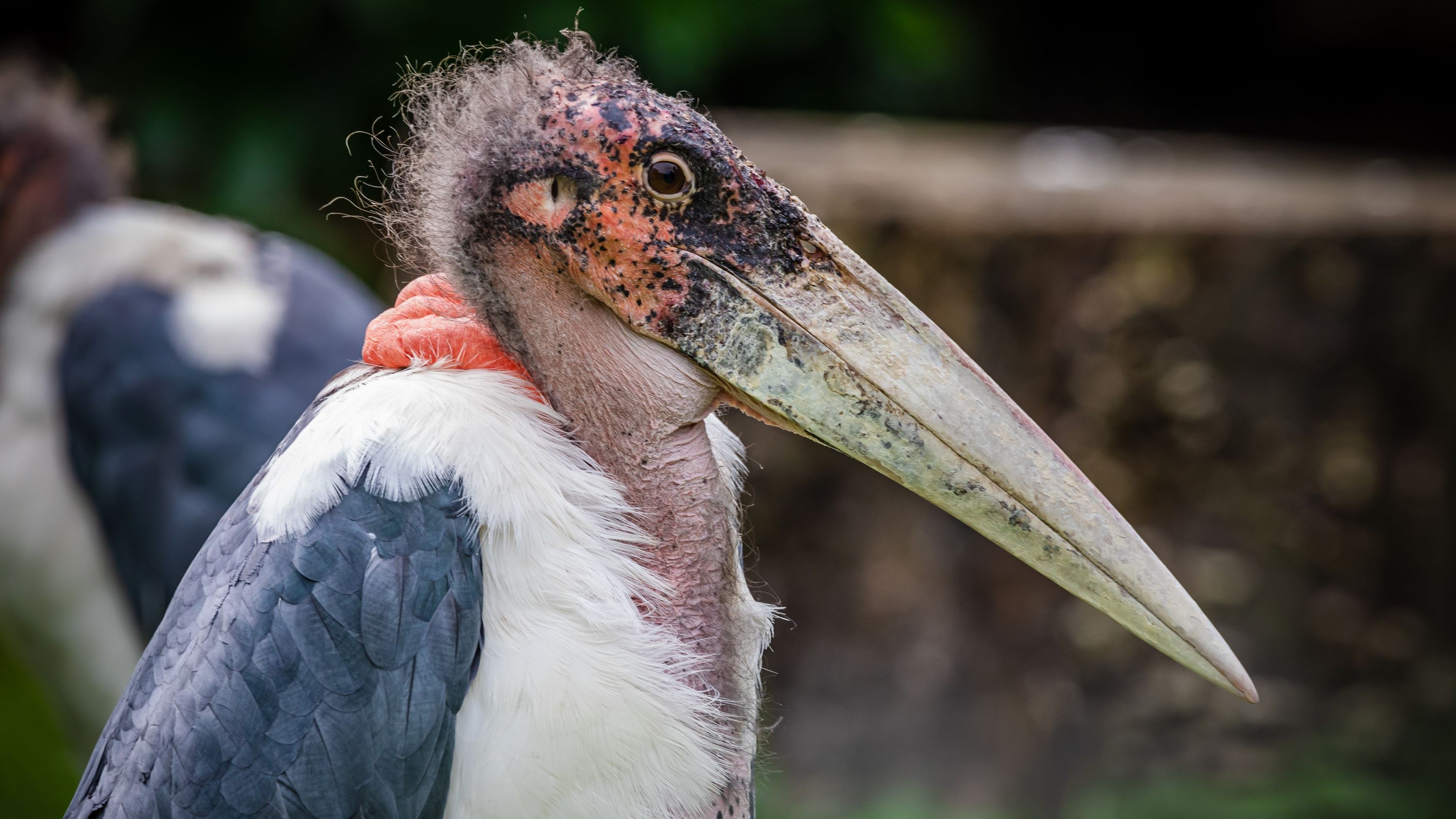
Sometimes called "undertaker birds" because of their dark, cloak-like wings and fondness for rotting carcasses, marabou storks are hefty creatures, standing at around 5 feet (1.5 meters) tall and weighing up to 20 pounds (9 kilograms). They are the largest stork species in the world, with a wingspan of 8.5 feet (2.6 m).
Marabou storks are found across sub-Saharan Africa and are scavengers, mainly feeding on carrion. A bald head is a key adaptation to this lifestyle, as it helps prevent the birds from getting covered in blood when they stick their heads inside a dead animal, which could cause health issues, according to the Cleveland Zoological Society. They also possess enormous throat pouches used in courtship rituals and normally mate for life.
Emu (Dromaius novaehollandiae)
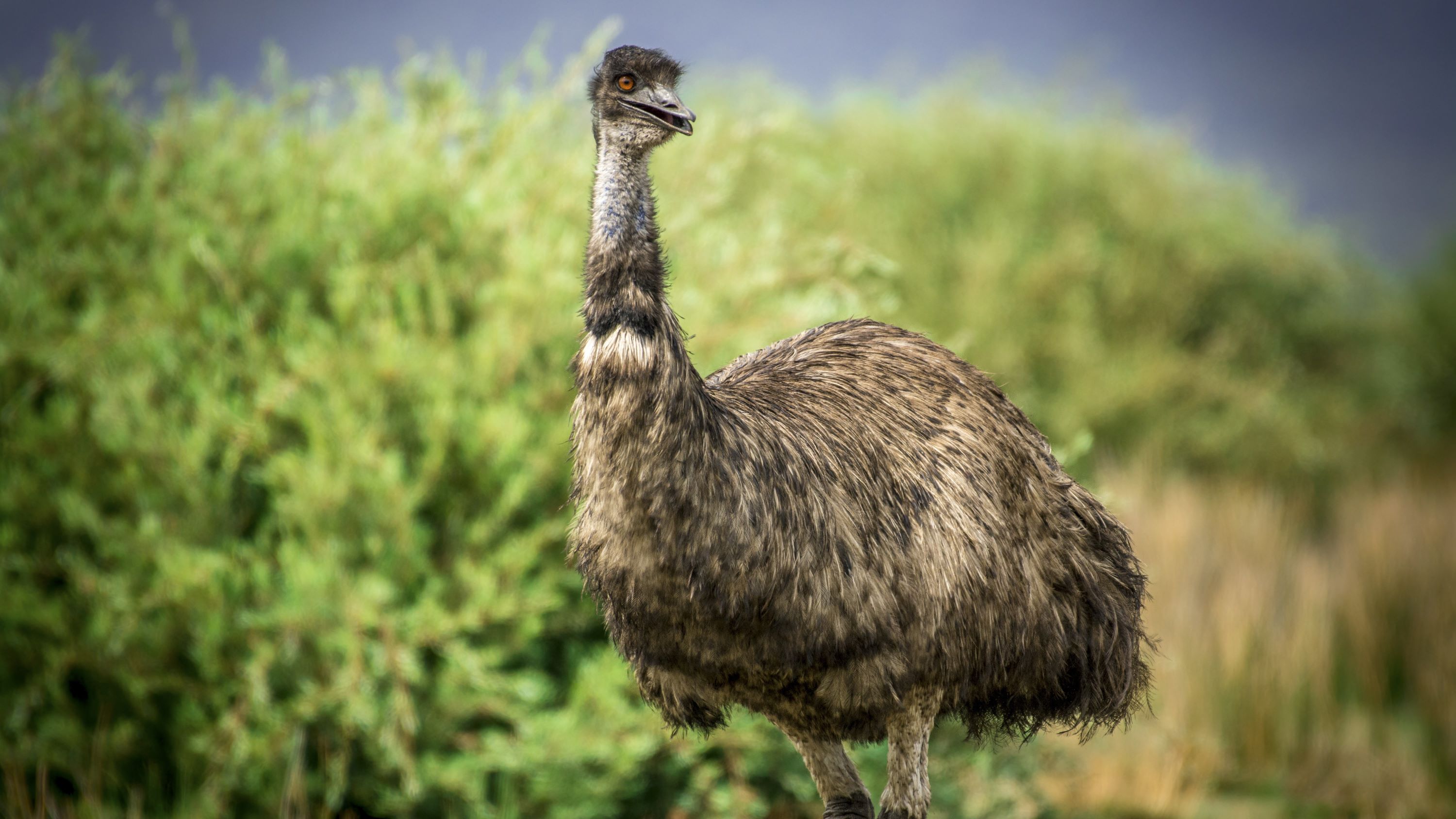
The emu is the second tallest species of bird on Earth, after the ostrich. They are the biggest birds in Australia, reaching up to 6.2 feet (1.9 m) in height. They are flightless birds, with long, powerful legs that enable them to run at up to 31 mph (50 km/h), according to the Smithsonian's National Zoo and Conservation Biology Institute. Emus are nomadic birds that roam across the country, traveling long distances depending on the availability of food and water.
Emus are generally solitary birds but come together to mate and raise young. Males incubate the eggs and don't leave the nest to eat, drink or defecate, according to the Australian Museum. The parents stay together for around five months, at which point their young are able to feed themselves.
Harpy eagle (Harpia harpyja)
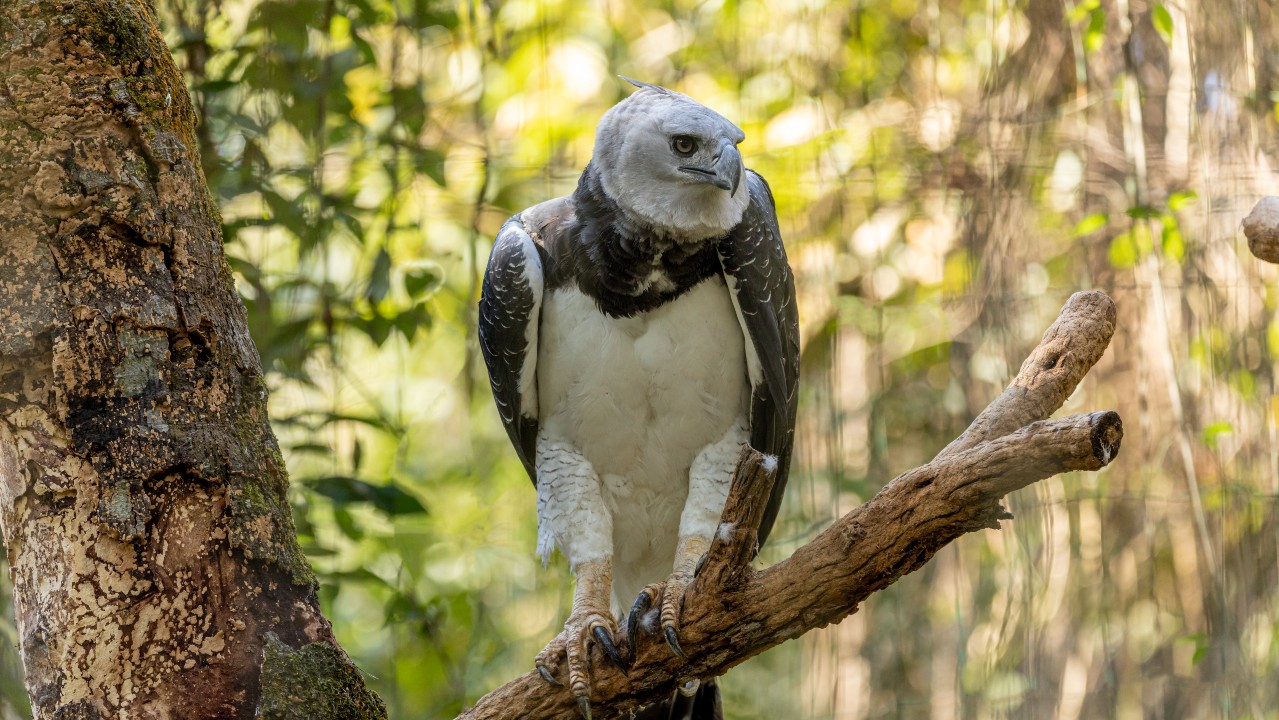
Named after a human-bird hybrid in ancient Greek mythology, harpy eagles are some of the biggest birds on Earth. These dark grey birds are among the largest species of eagle on Earth, particularly when comparing their weights. An adult female can weigh up to 20 pounds (9 kg) and males grow up to 12 pounds (5.4 kg), according to San Diego Zoo. In comparison, the bald eagle can weigh up to 14 pounds (6 kg), according to the U.S Fish & Wildlife Service. These birds soar across South America, kept aloft by their impressive 6.5 feet (2 m) wingspan, hunting for prey. When their prey is in sight, such as porcupines, deer and opossums, harpy eagles descend at speeds of 50 miles per hour (80 kilometers per hour) and use their 5 inch (13 centimetre) claws to deliver a fatal blow to their prey, according to the San Diego Zoo.
Wandering albatross (Diomedea exulans)
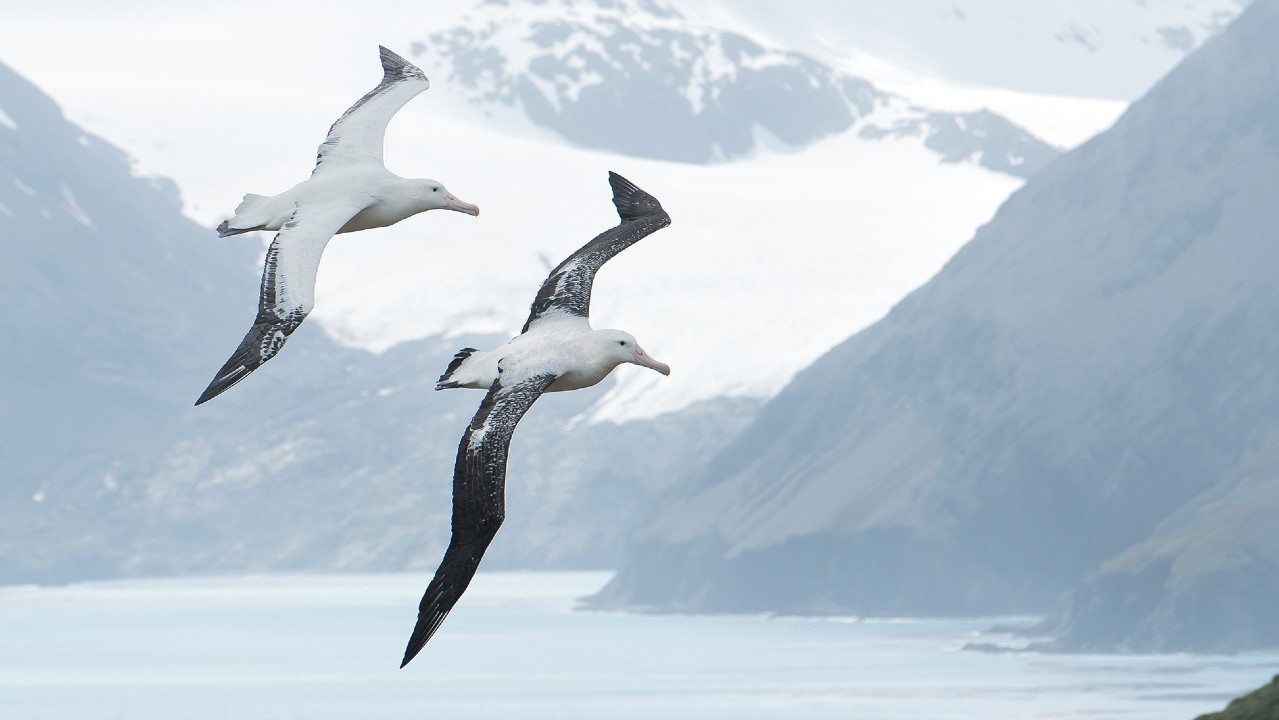
Meet the biggest bird in the world, at least in terms of its wingspan. These sea birds glide over the ocean with a wingspan of up to almost 11 feet (3.35 m), according to the International Union for the Conservation of Nature (IUCN). Wings of this size mean that these albatross can spend large amounts of time in the sky — for example — one bird was recorded to have wandered around 3,700 miles (6,000 km) in only 12 days.
There are 23 species of albatross, however all but one are either threatened or endangered or vulnerable to extinction. This is due to the birds getting caught in fishing hooks while scavenging fish and squid bait from fishing vessels and trawlers.
Ostrich (Struthio camelus)
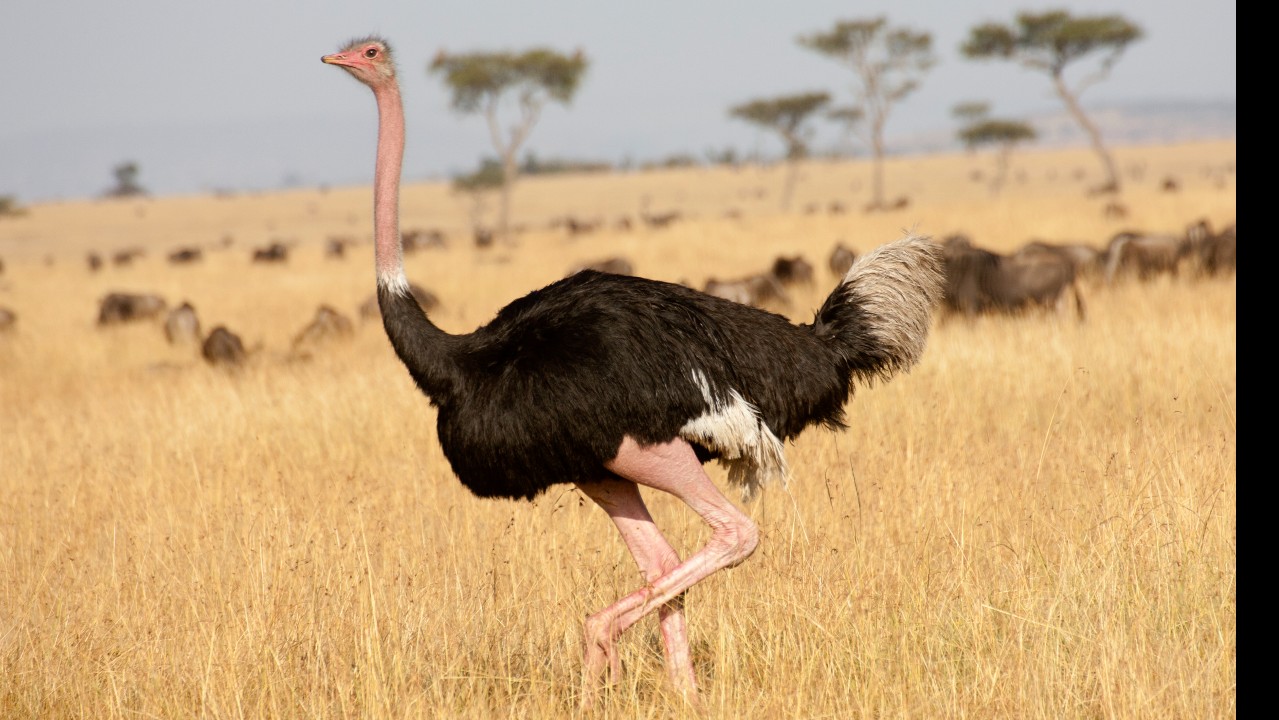
The biggest of all the birds on Earth, both in size and weight, is undoubtedly the ostrich. These behemoth birds grow up to 9 feet (2.7 m) tall and can weigh up to 287 pounds (130 kg), according to San Diego Zoo Wildlife Alliance. Despite having a wingspan of up to 7 feet (2 m), ostriches are unable to fly. Instead they use their wings in a similar way to how a ship uses its sails.
During a fierce 43 mile per hour run, these birds open out their wings and use them as air-rudders for rapid braking and steering.. This agility enables them to escape some of the many threats they face on the African savanna, including predatory species such as lions and jackals. In some situations, ostriches will go on the offensive and use their powerful clawed feet to deliver a blow strong enough to kill a lion, according to PBS Nature.
Greater rhea (Rhea americana)
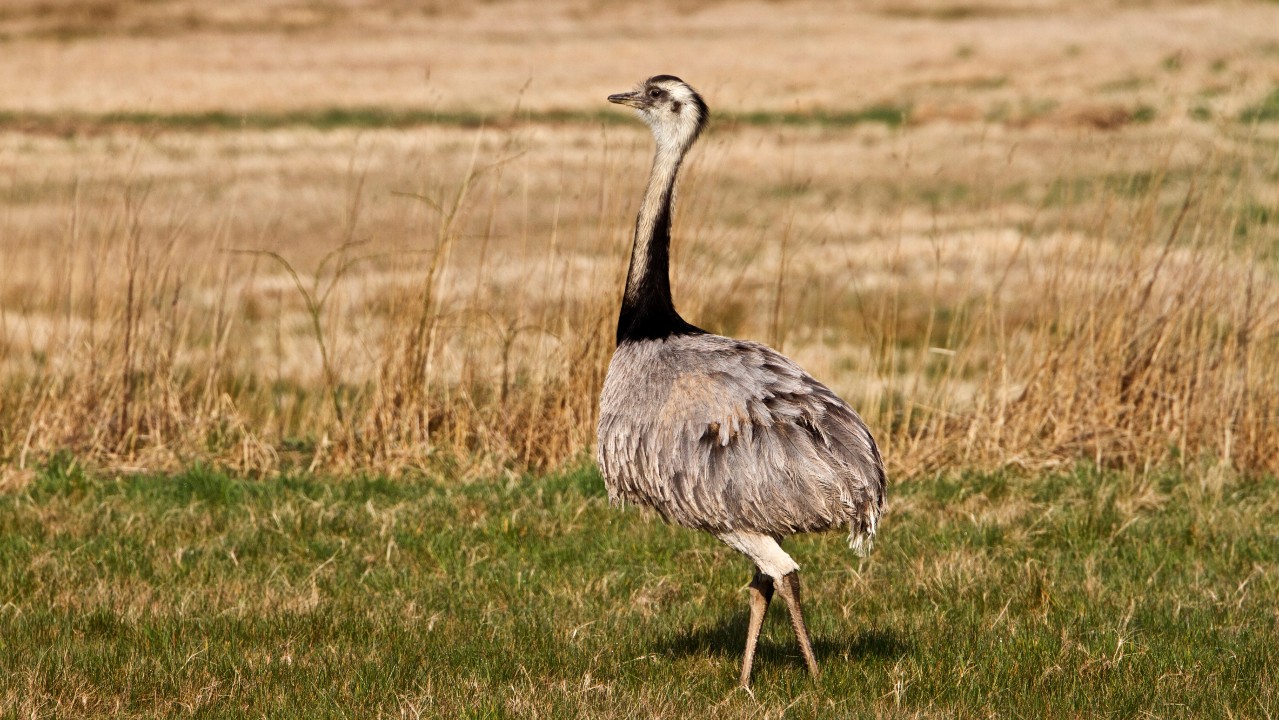
Although these birds might look like a juvenile ostrich, rhea are in fact their South American cousins. At only around one fifth of the size of an adult ostrich, rhea can still weigh an impressive 66 pounds (30 kg) and grow up to 5 feet tall (1.5 m), according to the Smithsonian’s National Zoo & Conservation Biology Institute. Rhea are flightless birds, and like ostriches use their wings as balance aids while running at high speeds of up to 40 miles per hour, according to the Houston Zoo. Female rhea lay up to 40 eggs per breeding season, but it is the males of the species that will indicate the eggs for around 30 days before they hatch.
Cassowary (Casuarius casuarius)
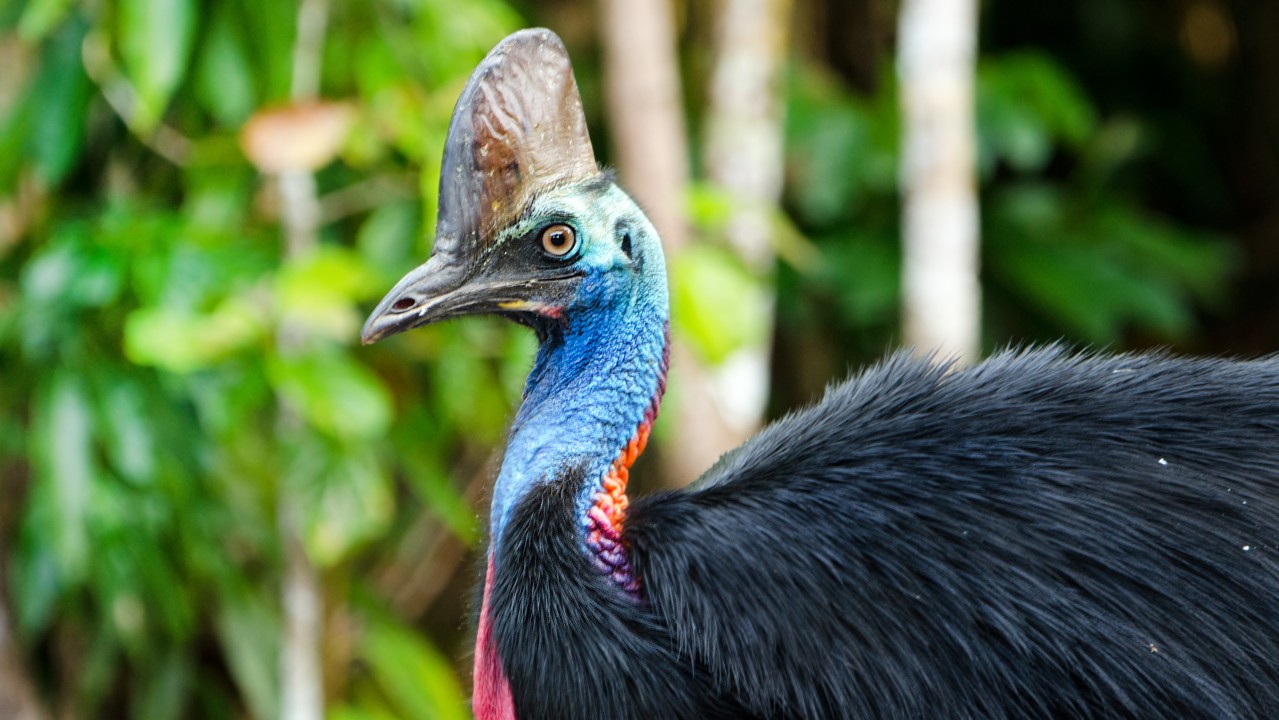
The southern cassowary is one of the most prehistoric-looking birds to prowl through New Guinea and mainland Australia. Towering up to 6 feet (2 m) tall, cassowary's are one of the tallest birds on Earth, according to the Australian Museum. Topping off their height is a prominent helmet called a casque which is made of a thick layer of keratin — the same material that makes up your nails and hair. Cassowaries use these helmets to push past vegetation as they run through the forest, according to the Edinburgh Zoo. As well as being one of the biggest bird species, they have also gained the reputation of being one of the most dangerous. As one of the few birds recorded to have killed humans, cassowary uses their sharp 3-toed feet — which sports a middle 4 inch (10 centimeter) long toe — to deliver a fatal swipe to its target, according to Scientific American.
Dalmatian pelican (Pelecanus crispus)
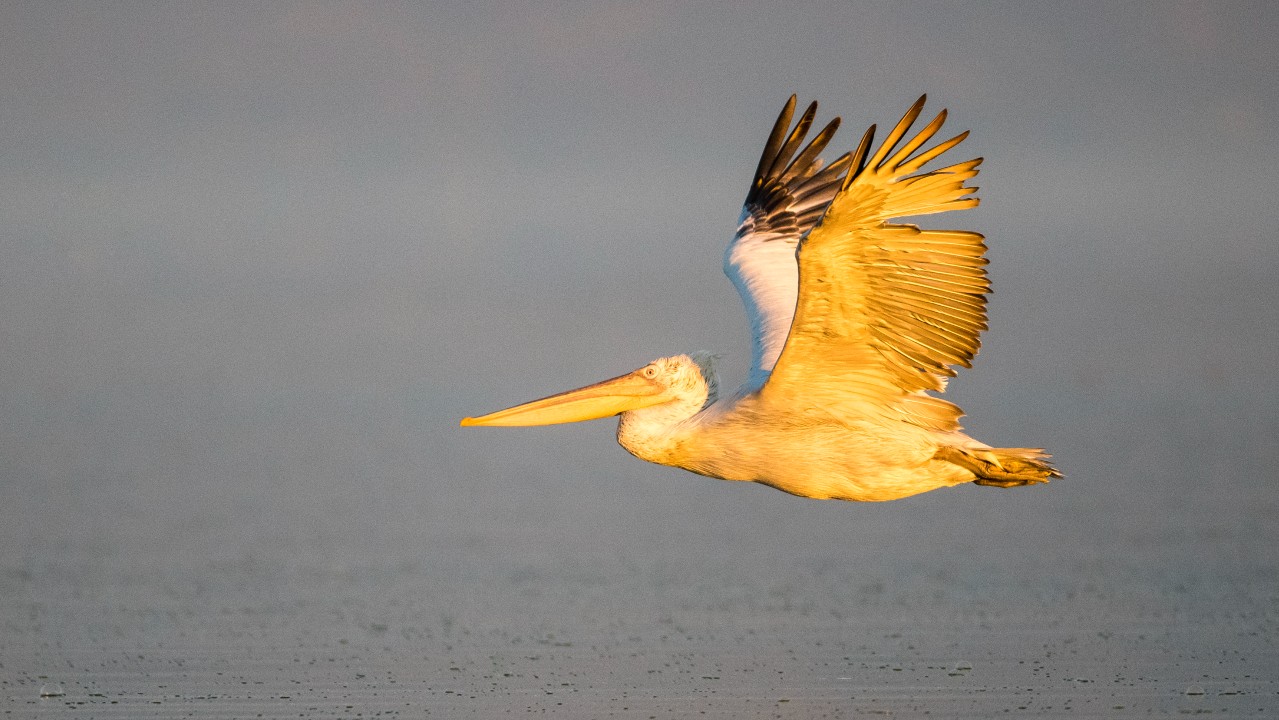
The Dalmatian pelican is not only the largest species of pelican but is one of the biggest flying birds in the world. With a wingspan of around 11 feet (3 m), these pelicans are high flyers and have been observed to reach altitudes of more than 10,000 feet (3,000 meters), according to the Arizona Center for Nature Conservation. Along with a big pair of wings, Dalmatian pelicans also have a big appetite. An adult pelican can devour around 4 pounds (1.8 kg of fish in a single day, according to San Diego Zoo Wildlife Alliance. Dalmatian pelicans gather this amount of fish by using their enormous bill pouches to dive into the water and scoop out fish near the surface. Once the fish are trapped inside their bills, the pelicans will lean their heads forwards to strain out the water and devour their meal.
Shoebill (Balaeniceps rex)
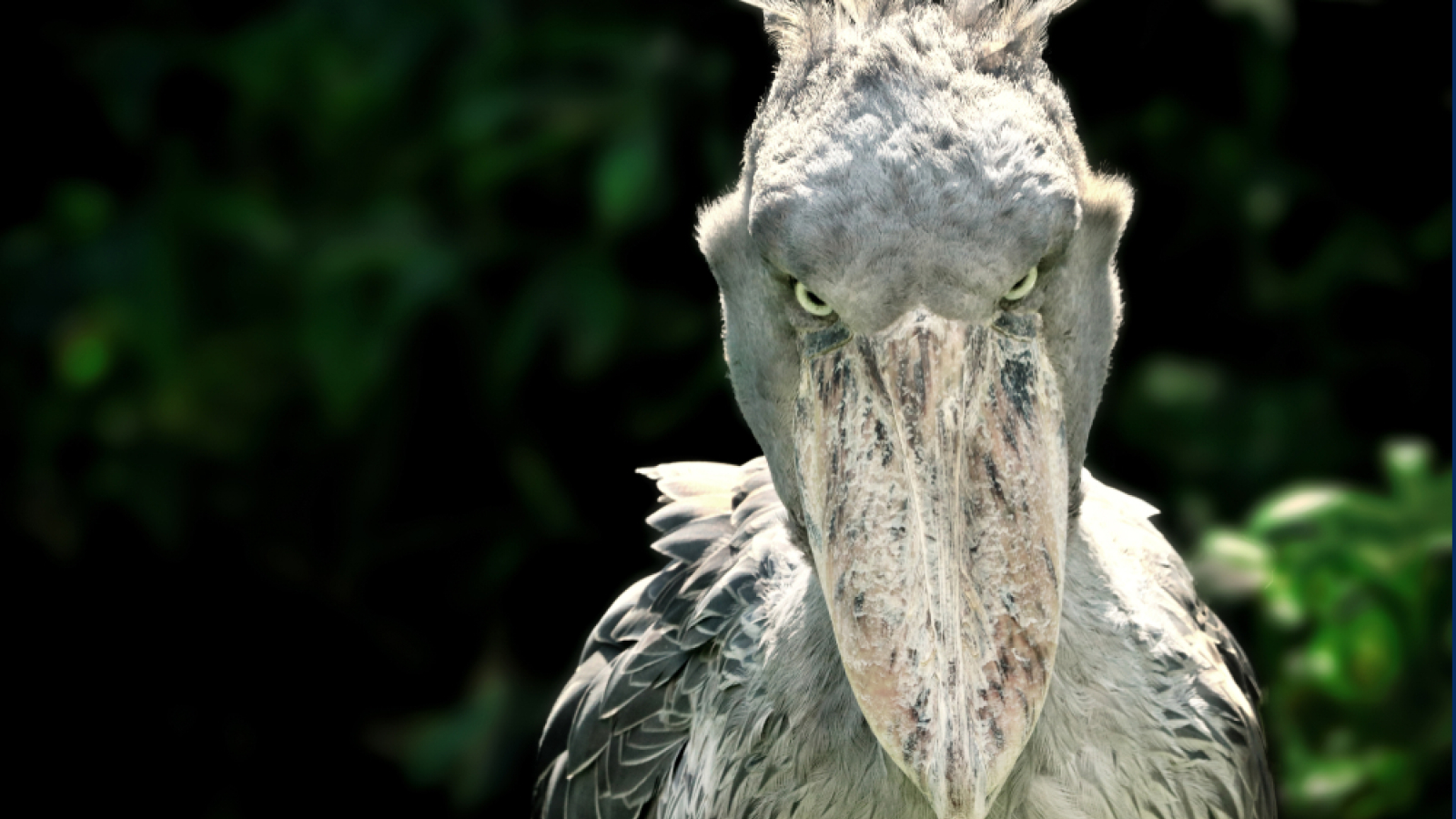
Also known as whale-headed storks, shoebills are one of Africa’s strangest and tallest birds. These strange birds, which aren't actually storks, stand at around 5 feet (1.5 m) tall and spend their time wading amongst freshwater swamps and marshes hunting fish and other small aquatic species, according to the Animal Diversity Web. As hunters, shoebills have a high success rate and deliver a fatal strike into the water around 60% of the time, according to the charity BirdLife International. These solitary birds are not found in flocks and often occupy a territory of around 1 square mile (3 square kilometers).
Great bustard (Otis tarda)
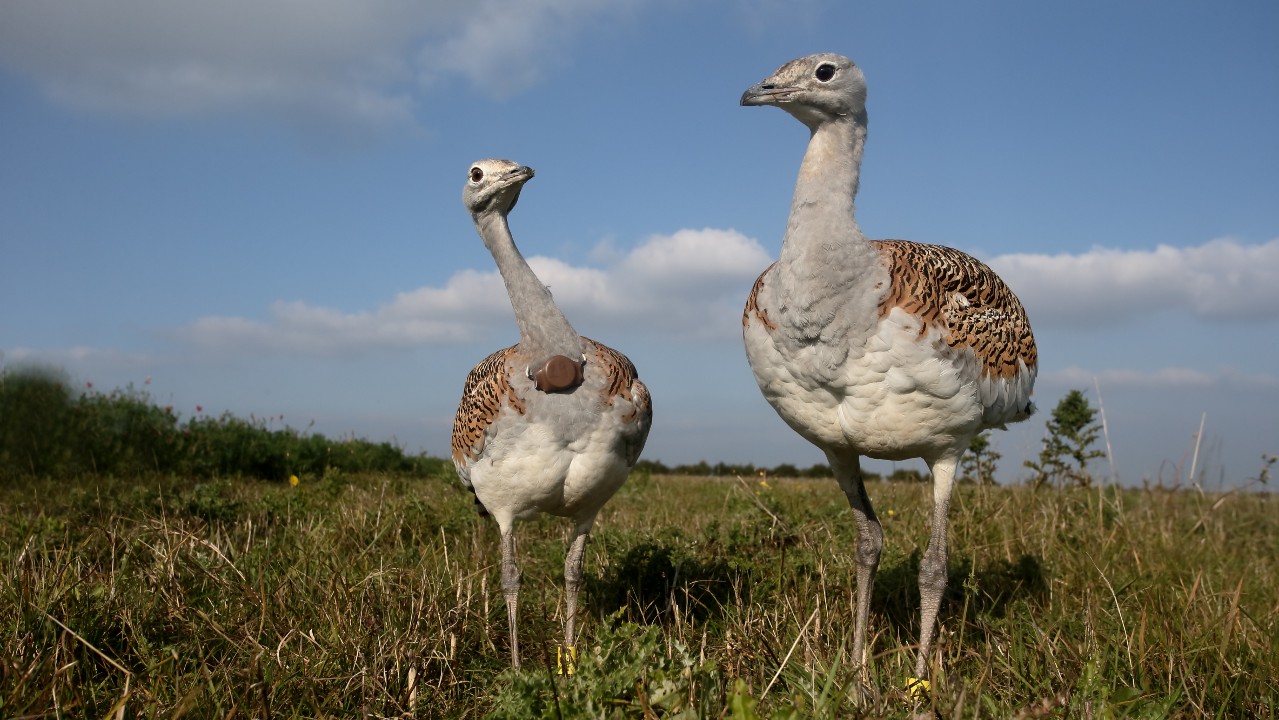
Great bustards are the largest land bird in Europe, but are also found in Central Asia, Russia and Morocco according to The Royal Society for the Protection of Birds (RSPB). Males can weigh up to 31 pounds (14 kg) and stand almost 4 feet (1.2 m) tall, which also means they are an easy target for hunters. Consequently, their numbers have been in decline throughout the years — more than 30% of the global population lost since the 1960s — and become nationally extinct in some countries such as the United Kingdom, according to BirdLife International. According to RSPB, the last great bustard was shot in 1832 in the UK, but was reintroduced in 2004 and currently houses a self-sustaining population of more than 100 birds, according to the BBC.
Emperor penguin (Aptenodytes forsteri)
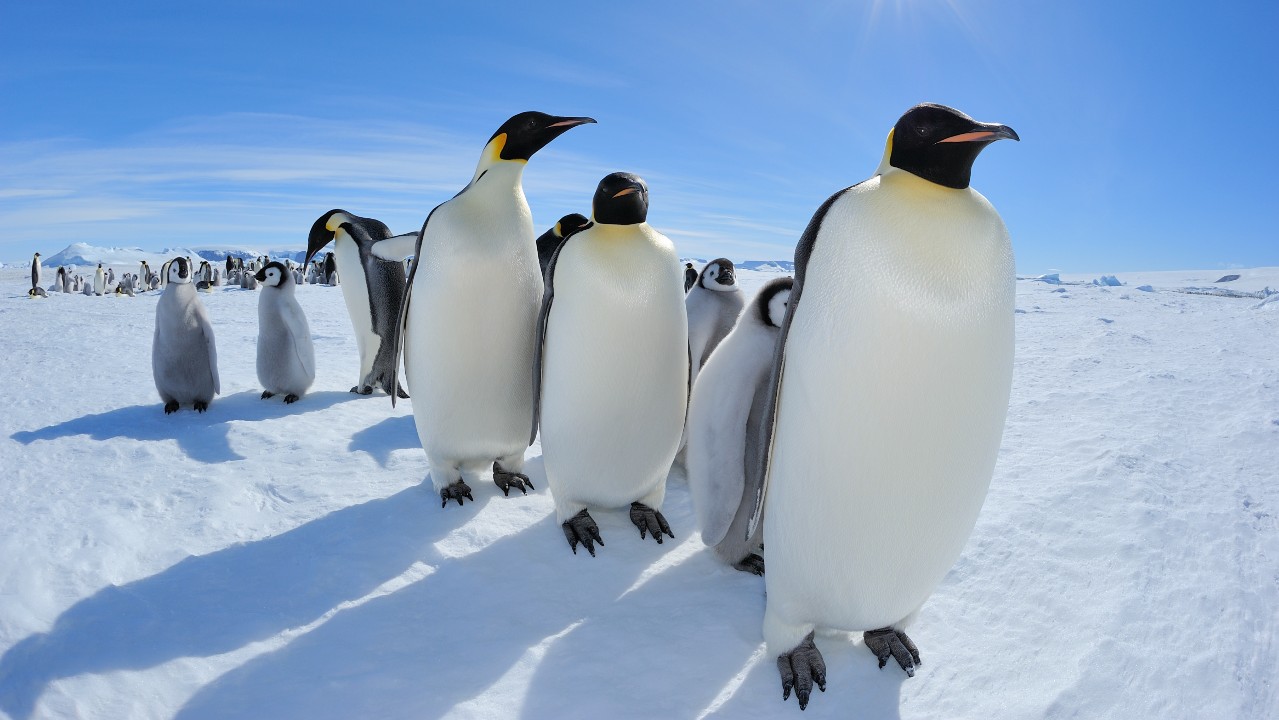
Of all the 18 species of penguins on Earth, emperor penguins are the biggest, according to the World Wildlife Fund (WWF). They stand around 4 feet (1.2 m) tall and weigh around 88 pounds (40 kg), however this fluctuates regularly throughout the year. These flightless birds utilise their fat stores to insulate themselves against the harsh conditions of the Antarctic winter, along with several layers of scale-like feathers which would withstand up to 68 miles per hour winds before they ruffled, according to the Australian Department for Agriculture, Water and the Environment. In addition to their own insulation, emperor penguins huddle together in colonies to cut down heat loss by 50% and create a temperature of above 75 degrees Fahrenheit (24 degrees Celsius) inside the huddle.
Andean condor (Vultur gryphus)
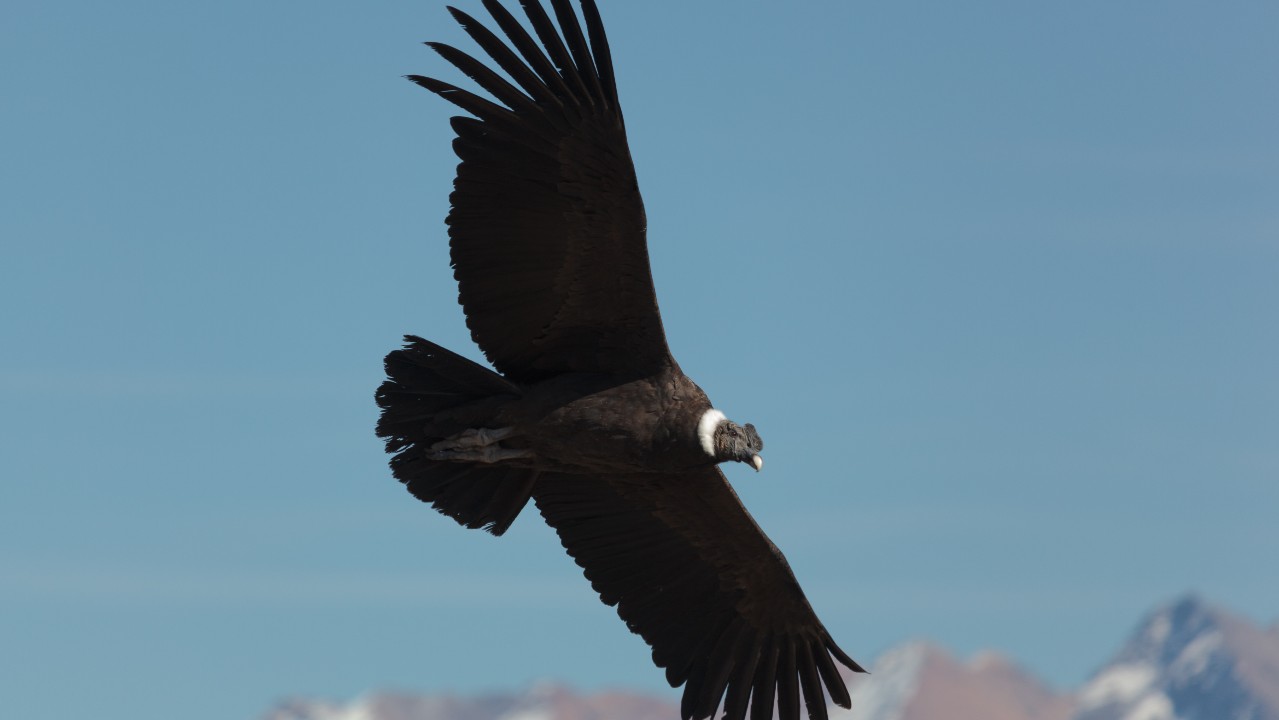
The Andean condor is the largest species of raptor on the planet and the second-largest wingspan of any bird — which spans around 10.5 feet (3.2 m), according to the San Diego Wildlife Alliance. Along with their impressive wingspan, these birds can ascend to heights of up to 18,000 feet (5,500 m) passing over the peaks of the Andes, according to Welsh Mountain Zoo. Due to their large wingspan, these birds can globe on air current with ease without expelling much energy. Andean condors are a species of vulture and like many vulture species, aren’t predominantly hunters and scavenge their food from dying or deceased animals. around 15 pounds (6.8 kg) of carrion (dead or decaying flesh) in a single meal, according to San Diego Wildlife Alliance. The Andean condor also has a long lifespan of around 50 years in the wild and up to 80 years while in captivity, according to the Wildlife Conservation Society Peru.
Additional resources
For more information about birds from around the world visit online databases such as the Royal Society for the Protection of Birds (RSPB) webpage, Birds of the World by Cornell Lab of Ornithology and the IUCN Red List. For more on bird evolution, check out "How Birds Evolve: What Science Reveals about Their Origin, Lives, and Diversity" by Douglas J. Futuyma and "The Ascent of Birds: How Modern Science Is Revealing Their Story" by John Reilly.
Bibliography
Josep Del Hoyo, "All the Birds of the World", Lynx Edicions, August 2020.
Dominic Couzens, "Extreme Birds: The World's Most Extraordinary and Bizarre Birds", Firefly Books, August 2011.
Rob Hume, "RSPB Complete Birds of Britain and Europe", DK, August 2020.
Peter Harrison, Martin Perrow and Hans Larsson, "Seabirds", Lynx Edicions, June 2021.
Sign up for the Live Science daily newsletter now
Get the world’s most fascinating discoveries delivered straight to your inbox.

Scott is a staff writer for How It Works magazine and has previously written for other science and knowledge outlets, including BBC Wildlife magazine, World of Animals magazine, Space.com and All About History magazine. Scott has a masters in science and environmental journalism and a bachelor's degree in conservation biology degree from the University of Lincoln in the U.K. During his academic and professional career, Scott has participated in several animal conservation projects, including English bird surveys, wolf monitoring in Germany and leopard tracking in South Africa.










